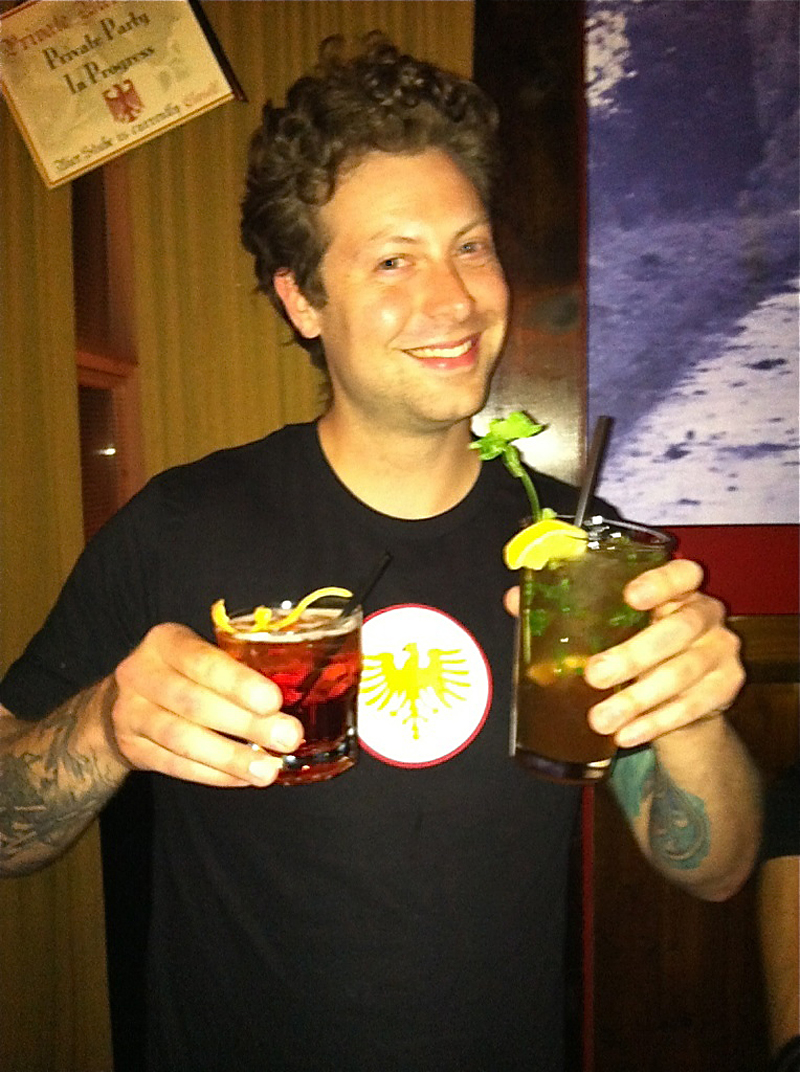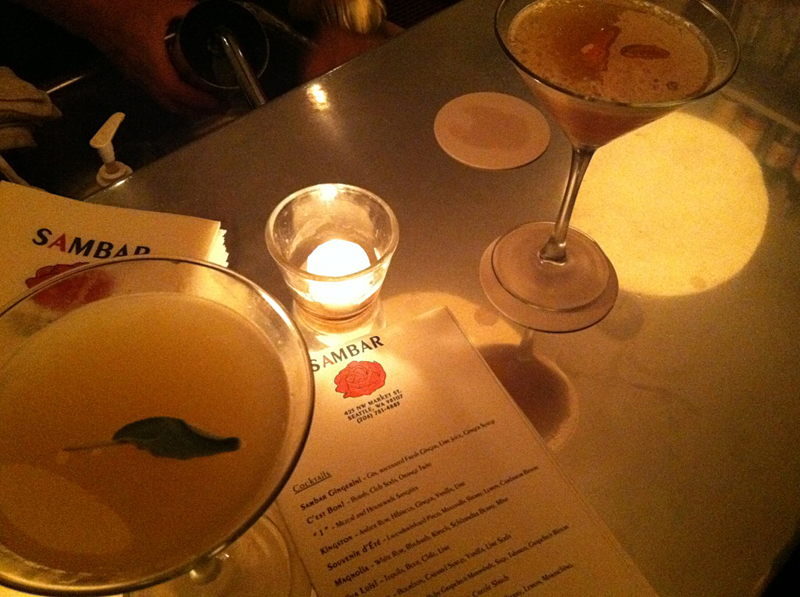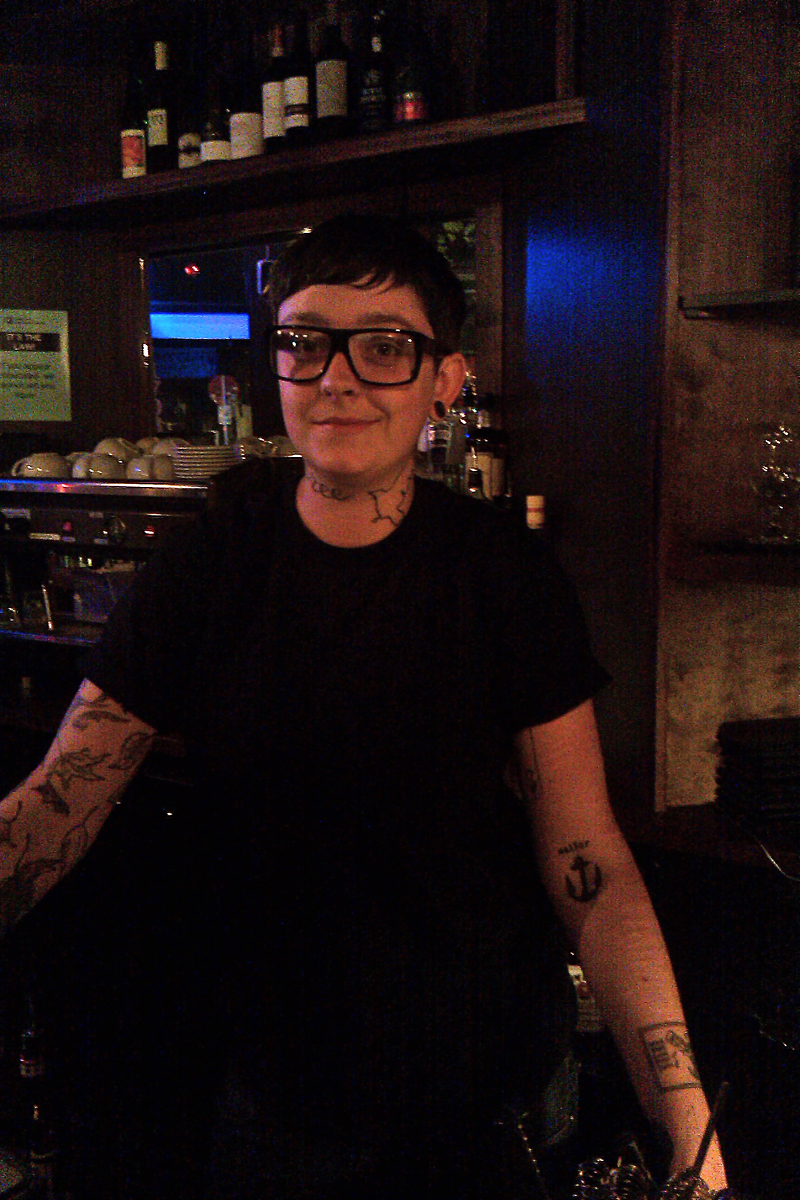I am particularly fond of days in which I learn something new, and today, I learned that Seattle’s Capitol Hill is home to one of the only Kaladi Brothers Coffee shops south of Alaska. I stumbled across their homepage online and noticed that one of the ingredients listed in their single-origin Mexican coffee was “fresh Alaskan Air,” so of course I had to go investigate. Any place that promises to let you experience two geographical locations at once, without leaving the comfort of your own city, catches my interest. Kaladi Brothers Coffee is located at 511 E Pike, and bears a rather unassuming storefront, so trust me on this if you’ve never noticed it before: it is there. The entrance is crowded, with the espresso bar and shelves of merchandise funneling customers through a strait of sorts, but once you clear the ordering area and collect your drink, you’ll find two surprisingly spacious and comfortable rooms. Natural light and the hum of business fill the first one, if you’re feeling sociable, and the second is lamp lit and more secluded… ideal for those who, perhaps, were hanging out further up the Hill a bit too late last night.The facts that 1.) Alaska has roasteries, and 2.) Seattle has Alaskan coffee were not the only two things learned today, however. I also learned that there are different roasting methods. Which doesn’t come as a surprise, but I have to confess I’d never invested any thought in it before. The most common form of roasting is done in a drum (or barrel) roaster, which rotates the beans on a hot surface to “bake” them. By contrast, Kaladi uses something called a Sivetz Fluid Bed Roaster, or “air roaster” … if you are a diagram person, try this link (and if you’re not, don’t, because it will give you a headache). These two methods are most readily compared to making popcorn: either you place the kernels on a hot surface with some means of stirring them, or you use an air popper, which introduces heated air to cook the kernels. These two methods produce very different flavors in popcorn, so it’s no surprise that they produce different effects in coffee as well. The idea of air-roasting coffee (perhaps a Roaster reader can speak better to this?) is to produce a more uniform flavor, because there is less chance in air-roasting that the beans will stick or be over-exposed in one particular area than with a drum roaster. http://www.dspe.usWhether or not this makes the primary difference, I will say that Kaladi’s espresso (their Trieste blend) is worth checking out. It has been sourced to develop a really interesting tri-level flavor effect, in which you may initially register the coffee as sweet, followed by a toasted, richer flavor, and finishing off with a faint citrus. Overall, the middle flavor is predominant, characterizing the coffee as full-bodied and earthy. Appropriately, I feel that if coffee had people traits, this one would wear flannel and drive a truck. Incidentally, in case you wondered: the ambiguous red Kaladi graphic creature? It’s a goat. For the goats belonging to a shepherd named Kaldi which, according to the legend, first discovered coffee.
More Stories From This Author
For 50 years, Zeke’s off US 2 has served delicious burgers
It’s been a popular pit stop in Gold Bar for skiers and hikers, and the same family still runs it.
By
Evan Thompson • June 6, 2019 11:05 am
With ‘Game of Thrones’ ending, it’s time for a proper feast
How to make a meal inspired by the Lannisters’ and Starks’ world, fit for the King in the North.
By
Ben Watanabe • May 15, 2019 1:30 am
Stash Box: 2016-2019
Time to roll one for the road …
By
Meagan Angus • February 26, 2019 3:15 pm







